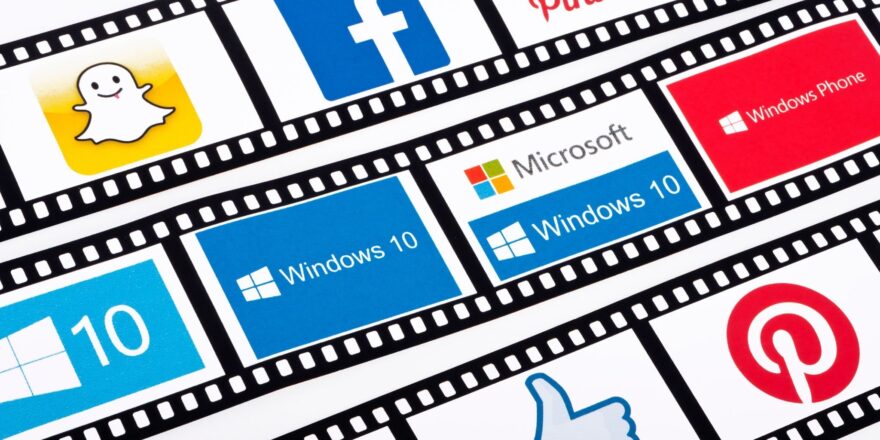Introduction
In the ever-evolving world of professional networking and job searching, LinkedIn has remained a cornerstone platform for connecting professionals, job seekers, and employers. Over the years, LinkedIn has continued to adapt and innovate, offering its users new features and tools to enhance their experience. One significant advancement that is reshaping the platform is the integration of Artificial Intelligence (AI) into LinkedIn’s feed. In this blog post, we will explore how AI is making LinkedIn’s feed smarter and more valuable for users.
The Role of LinkedIn’s Feed
LinkedIn’s feed serves as the central hub where users find and engage with content shared by their network, companies they follow, and influencers. It’s a dynamic stream of information that includes job postings, industry insights, personal updates, and much more. Historically, the content users encountered on their feed was primarily based on factors like their connections and the companies they followed. However, with the integration of AI, LinkedIn’s feed is becoming more personalized and intelligent.
How AI Is Transforming LinkedIn’s Feed
- Personalized Content Recommendations: LinkedIn’s AI algorithms analyze user behavior, including the type of content they engage with and the topics they follow. This data is then used to recommend relevant content that aligns with the user’s professional interests. This personalization ensures that users see content that is most likely to be valuable to them.
- Job Recommendations: One of LinkedIn’s primary functions is connecting job seekers with opportunities and employers with potential candidates. AI is used to suggest job openings that match a user’s skills, experience, and career goals, making job searching more efficient and effective.
- Content Ranking: LinkedIn’s AI is continually working in the background to determine the relevance and quality of content. It evaluates factors like the engagement rate, the author’s credibility, and the recency of the post to prioritize what appears on a user’s feed. This ensures that users are presented with high-quality and timely content.
- Language Translation: In an increasingly globalized world, language barriers can be a hindrance to networking and collaboration. LinkedIn’s AI offers real-time translation for posts, allowing users to engage with content in languages they may not be fluent in, expanding their reach and networking opportunities.
- Automated Hashtag Suggestions: LinkedIn’s AI assists users in optimizing their content by suggesting relevant hashtags. This not only helps posts reach a broader audience but also ensures they are categorized correctly, making it easier for users to find content on specific topics.
- Improved User Engagement: AI-powered notifications alert users about engagement with their posts, such as likes, comments, and shares. This real-time feedback encourages users to stay engaged and interact with their network more effectively.
- Enhanced Ad Targeting: For businesses and advertisers, LinkedIn’s AI offers more precise targeting options. It leverages user data to identify the most relevant audience for specific ads, resulting in more effective advertising campaigns.

The Benefits of AI-Powered LinkedIn Feed
The integration of AI into LinkedIn’s feed offers several benefits to both individual users and businesses:
- Time Efficiency: AI helps users cut through the noise by presenting them with the most relevant content and job opportunities. This saves time and makes the platform more efficient for job seekers and professionals seeking industry insights.
- Professional Growth: AI recommendations for content, courses, and job opportunities contribute to users’ professional development. Users are more likely to discover relevant educational resources and career advancements.
- Networking Opportunities: AI helps users connect with like-minded professionals and potential collaborators by recommending relevant connections and groups to join. This expands users’ professional networks and opens doors to new opportunities.
- Content Quality: By ranking content based on relevance and quality, AI ensures that users are exposed to high-value posts and articles. This encourages meaningful discussions and knowledge sharing within the LinkedIn community.
- Enhanced User Experience: Personalized feeds, job recommendations, and content translations make the overall LinkedIn experience more user-friendly and accessible, especially for a global user base.
The Future of LinkedIn’s AI-Powered Feed
As AI technology continues to advance, we can expect further improvements and enhancements to LinkedIn’s feed. Some potential developments might include:
- Advanced Sentiment Analysis: AI could be used to gauge the sentiment of posts and comments, helping users identify trending topics and industry sentiment in real-time.
- Enhanced Privacy Controls: Users may gain more control over the types of content and ads they see, thanks to AI-powered customization options.
- AI-Generated Content: We might see AI-generated articles and posts that help users stay informed about industry trends and news.
- Voice and Video Integration: AI could play a role in optimizing voice and video content, making it more accessible and engaging for users.
Conclusion
LinkedIn’s embrace of AI technology is transforming the platform’s feed into a smarter and more user-centric space. With personalized content recommendations, job suggestions, language translation, and improved content ranking, users can expect a more efficient and valuable experience on the platform. AI is not just changing how we connect and network; it’s redefining the future of professional engagement on LinkedIn, empowering users to make the most of their professional journeys. As AI technology continues to evolve, so too will the potential for LinkedIn’s feed to deliver even greater value to its users.





